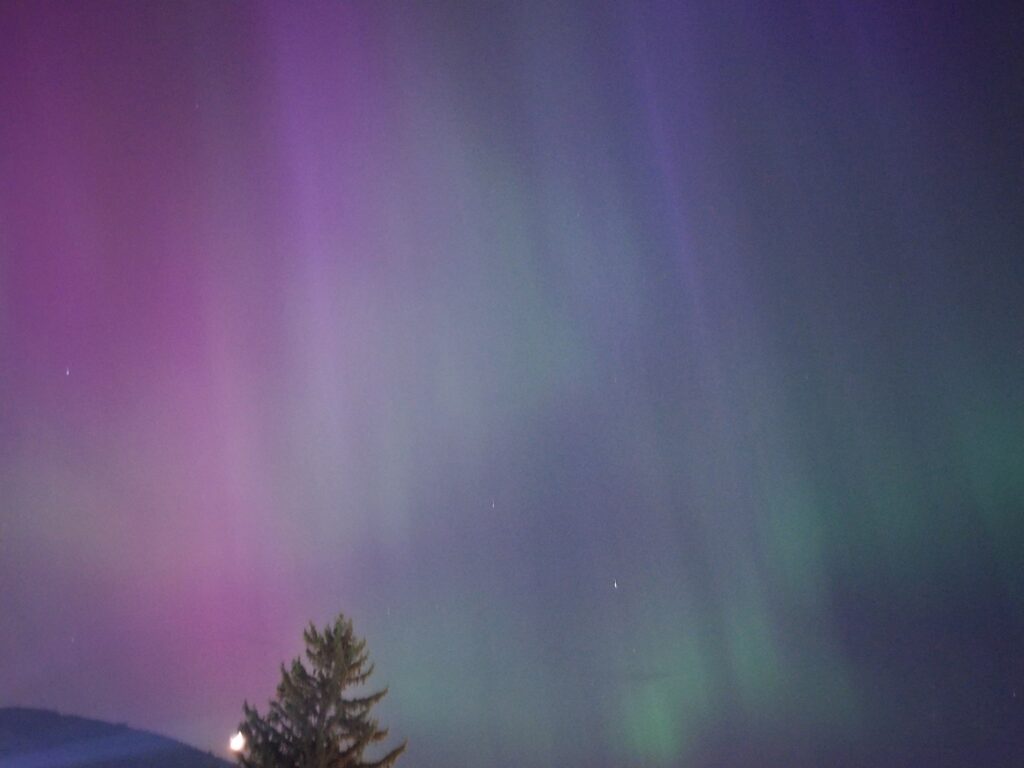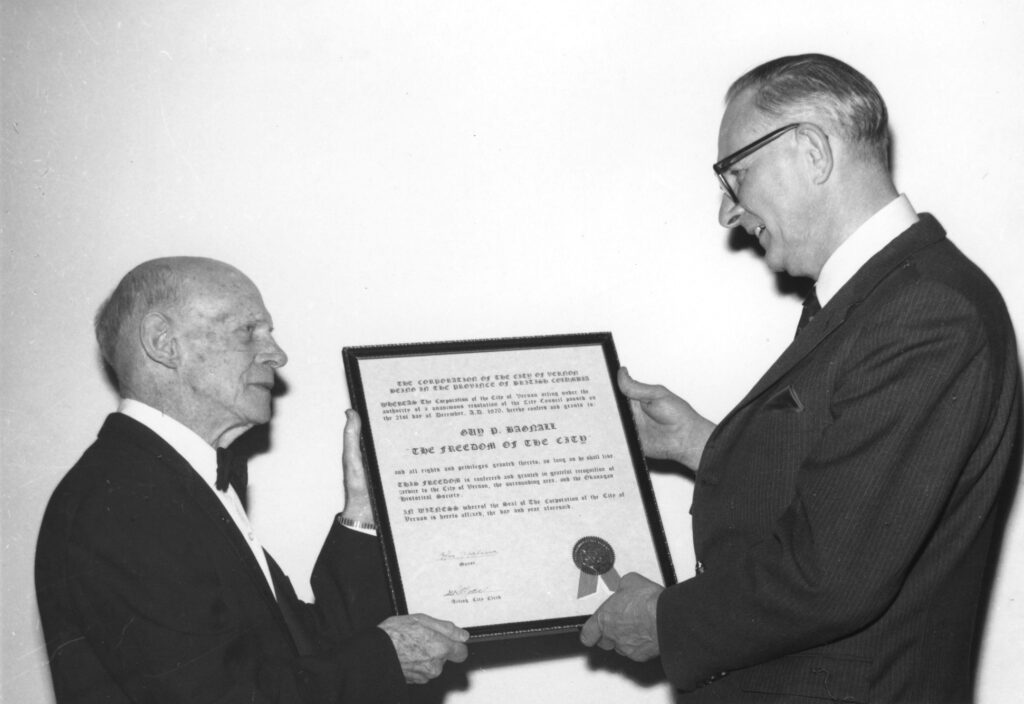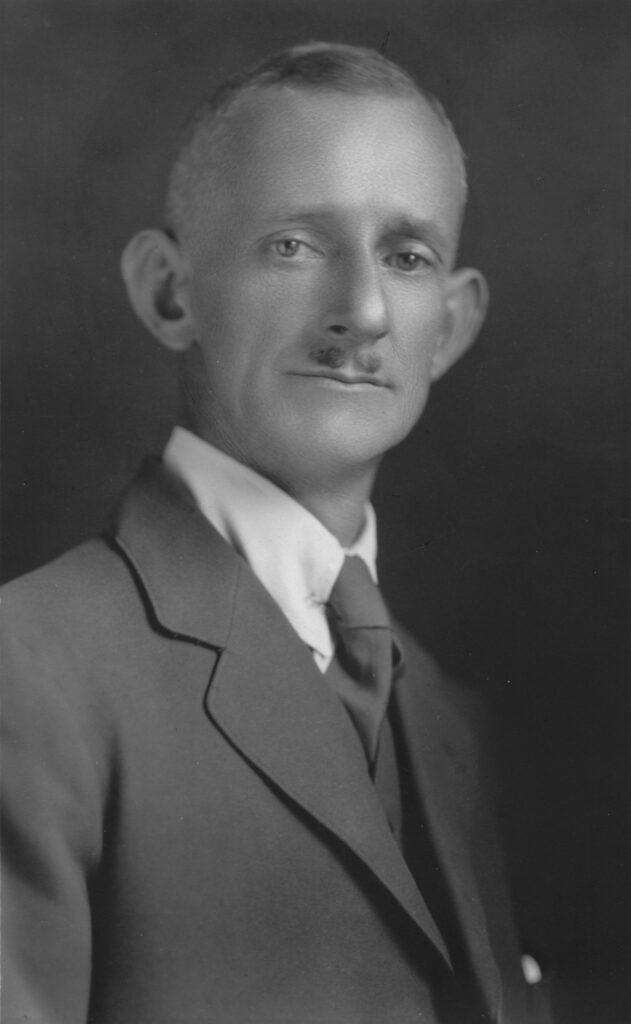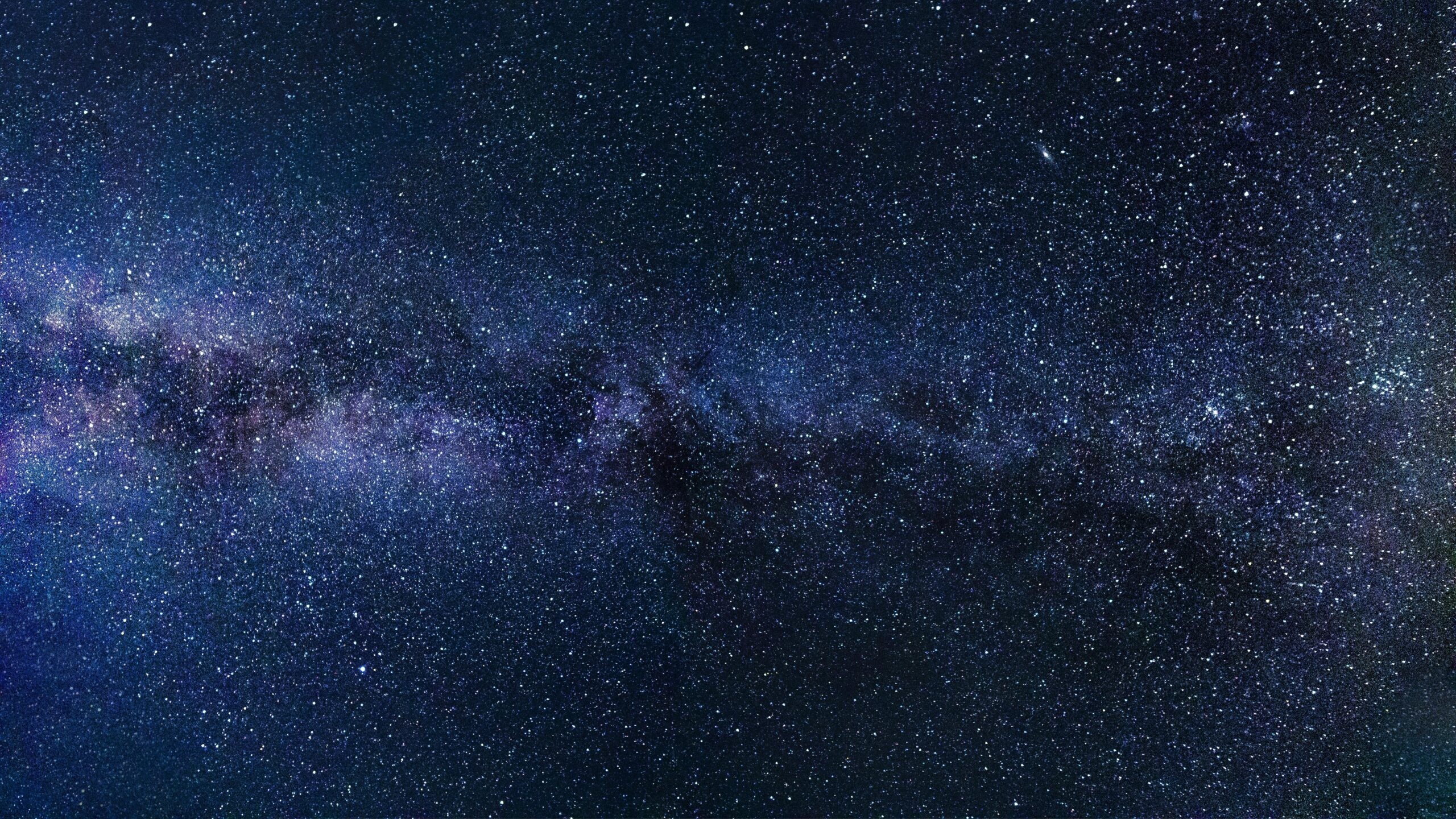
2024 was a notable year for viewing the northern lights across the Okanagan Valley. Many residents were able to see and photograph the aurora borealis, capturing its shifting colors in the night sky. Decades ago, however, another unusual light phenomenon was observed in the Okanagan—one that puzzled and intrigued those who saw it.
In the 1960s, a narrow band of light appeared in the western sky, earning the name the “Okanagan Arc.” Unlike the northern lights, this arc had a distinct shape and location. Its presence caught the attention of the Okanagan Historical Society (OHS), particularly Director Guy Bagnall, who sought to understand what might be influencing it. He wondered if the moon played a role and contacted the Dominion Radio Astrophysical Observatory in Penticton for insight.

J. L. Locke of the observatory responded, ruling out the moon but noting that the arc had been observed during times of heightened sunspot and auroral activity. He suggested that the Okanagan Arc was likely an auroral phenomenon, recalling that when he saw it in August 1961, it appeared alongside a strong northern lights display.
Bagnall, however, was not convinced. He argued that the Okanagan Arc had its own distinct characteristics, separate from the aurora borealis. He suggested that “something in nature causes the light to bend in the form of a bow and appear in the western sky, whereas the true aurora appears only in the north.” Others supported his observations, including a young woman named Janet, who noticed the arc during a late-night swim in Kalamalka Lake after her shift at the Skyway drive-in.

This phenomenon had actually been observed long before the 1960s. In the 1930s, James C. Agnew of the OHS contacted Canadian and American meteorological departments seeking an explanation for an unusual nighttime light display. Frustrated by the lack of official research, he noted that reports of such sightings had largely been ignored. Even as far back as 1892, the Vernon News described “a very peculiar phenomenon resembling the northern lights in the eastern sky.” Some speculated it was the electric lights of Kaslo City or Nelson reflecting off the Selkirk Mountains, though many locals remained skeptical.
Sightings of the Okanagan Arc continued into the 1970s and 1980s before interest waned. Was it simply a form of auroral activity, as experts suggested, or a distinct natural event unique to the Okanagan Valley—an atmospheric anomaly yet to be fully explained? Decades later, the answer remains elusive.
For those interested in learning more, reports on the Arc from the Okanagan Historical Society can be found here.
Archives Manager, Gwyneth Evans

